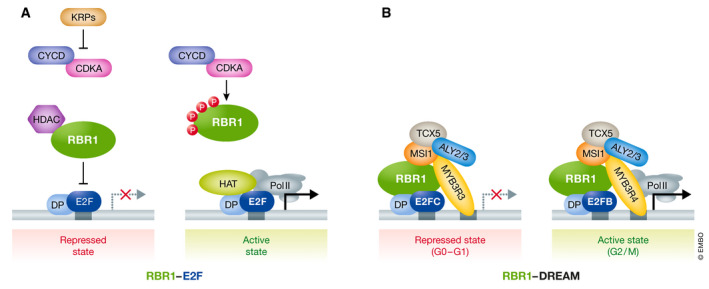Figure 3. Role of Arabidopsis RBR1 complexes in transcriptional control during the cell cycle.

(A) RBR1‐E2F complexes. Genes required for the G1/S transition are bound by E2F‐DP heterodimers located at the E2F binding sites in their promoters (grey box). They are repressed by the retinoblastoma‐related (RBR1) protein in association with histone deacetylases (HDAC). At this stage, CDKA‐cyclin complexes are inactivated by one or more CDK inhibitors (KRPs). In Arabidopsis, E2FA‐C, bound to DP partners, participate in regulation of different gene targets. Later in G1, when CYCD levels are sufficiently high, CDKA phosphorylates RBR1 (small red circles) leaving free the E2F‐DP complexes to transactivate their target genes, in association with histone acetylases (HAT) after recruitment of RNA polymerase II (Pol II). (B) RBR1‐DREAM complexes. RBR1 also participates in other transcriptional regulatory complexes. Briefly, at the repressed state, while CDK are inactive, E2FC is part of the complex together with the repressor MYB3R3 factor and RBR1. E2F and MYB factors bind to different sites in the promoter of target genes (white boxes). The DREAM complex switches to an activator when E2FB and MYB3R4 factors are incorporated (see text for details on composition and function).
